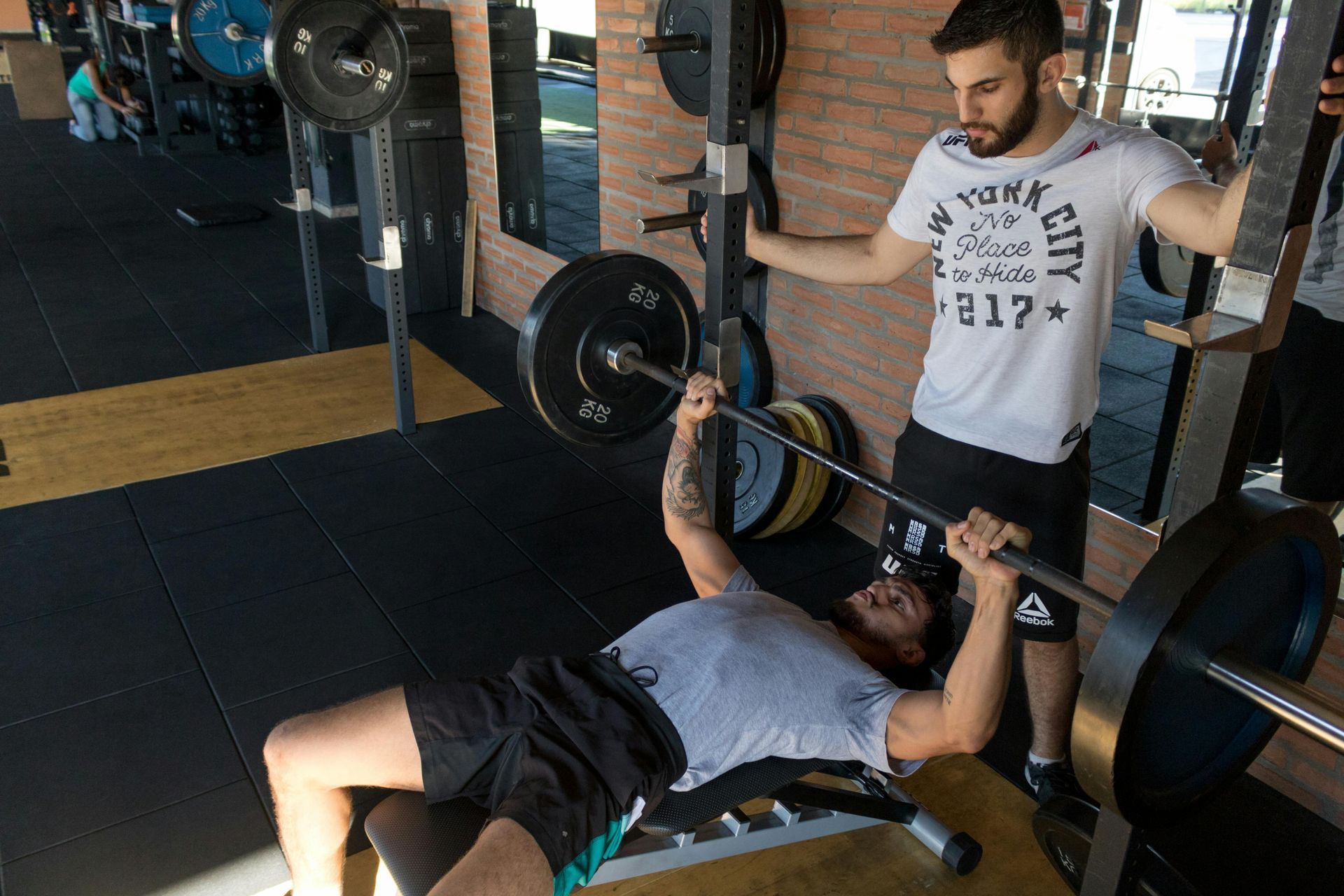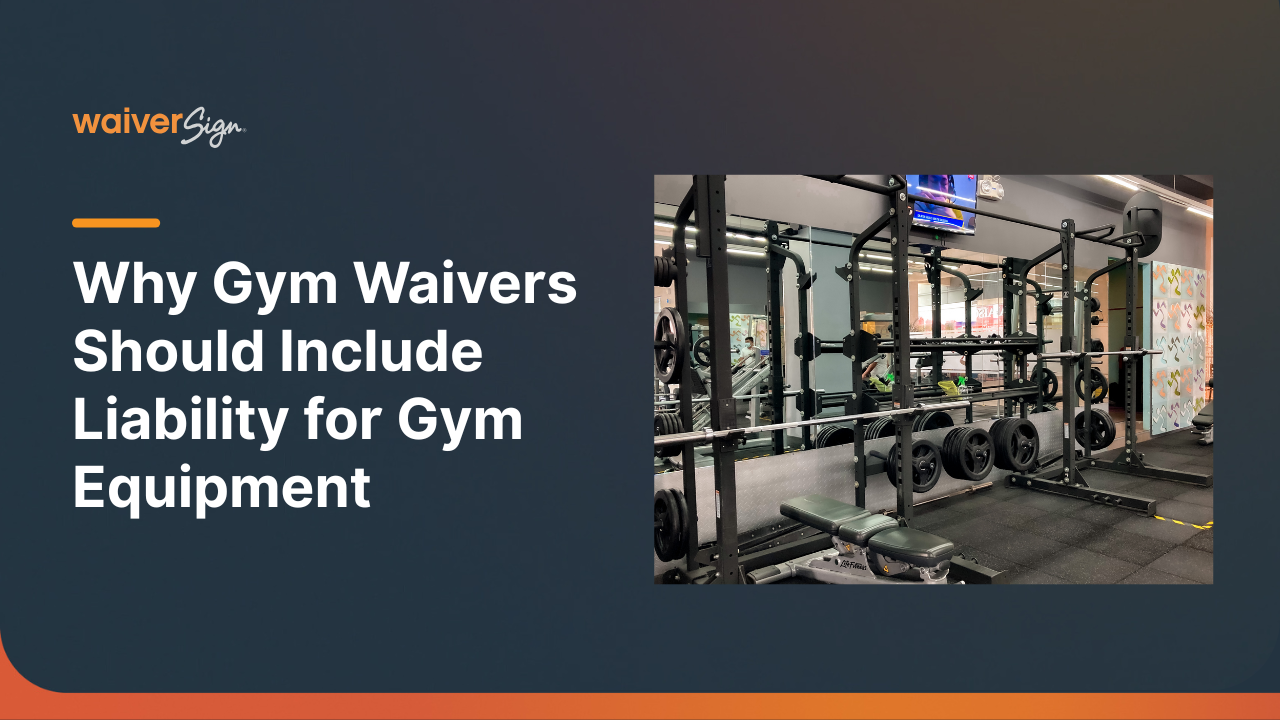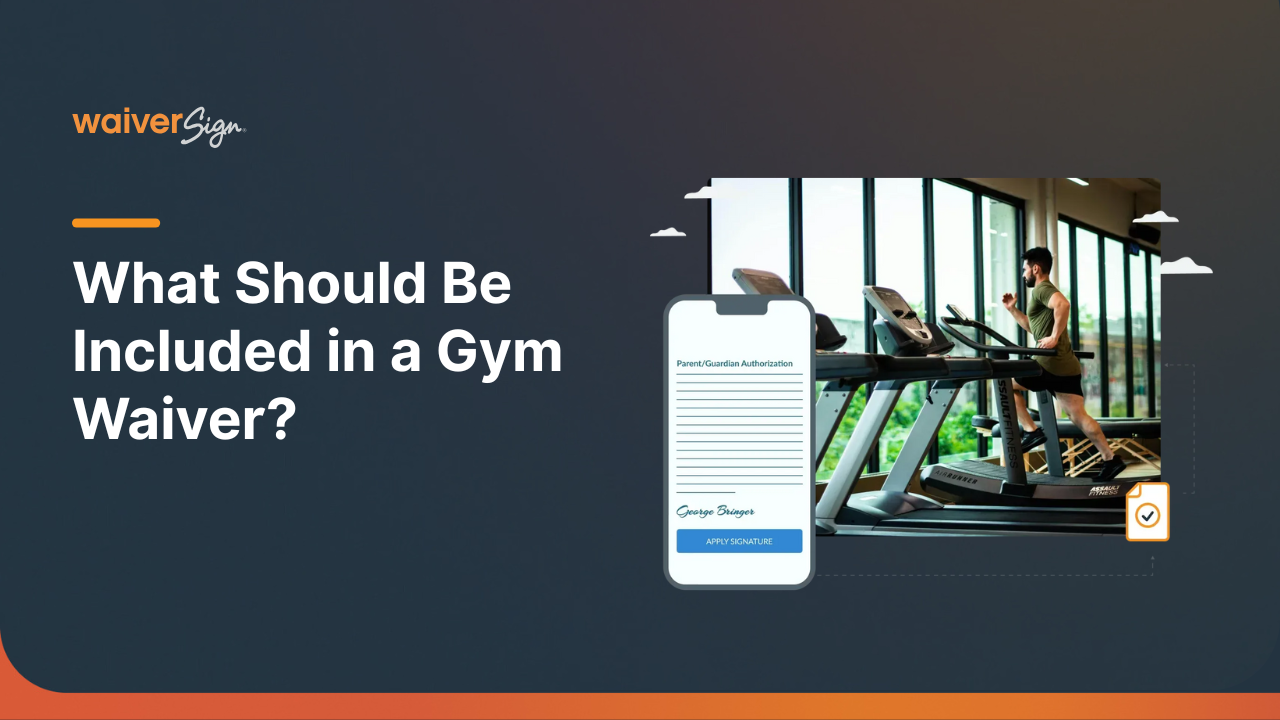Why Every Personal Trainer Needs a Liability Waiver
Nikki DeSantis
Why Every Personal Trainer Needs a Liability Waiver
If you're a personal trainer, whether you're working in a gym, running your own studio, or meeting clients at the park, a solid liability waiver is one of the most important documents in your toolkit.
You might be focused on building workouts and transforming lives (and rightly so), but overlooking a waiver could leave you legally vulnerable if a client gets hurt. And let’s be honest, accidents happen.
So let’s break down why a personal training waiver is essential, what it should include, and how to make it simple for both you and your clients.
Disclaimer: This article is for informational purposes only and is not legal advice. Always consult with a qualified attorney to ensure your waiver is valid and enforceable in your area.
The Reality of Risk in Personal Training
You know better than anyone. No two clients are the same. One person might thrive on high-intensity workouts, while another pulls a muscle doing warmups. No matter how cautious or experienced you are, there’s always a risk of:
- Injury from improper form or overexertion
- Accidents involving equipment
- Medical issues triggered by exercise
- Claims of negligence
A
personal training liability waiver helps manage that risk by setting clear expectations and protecting your business.
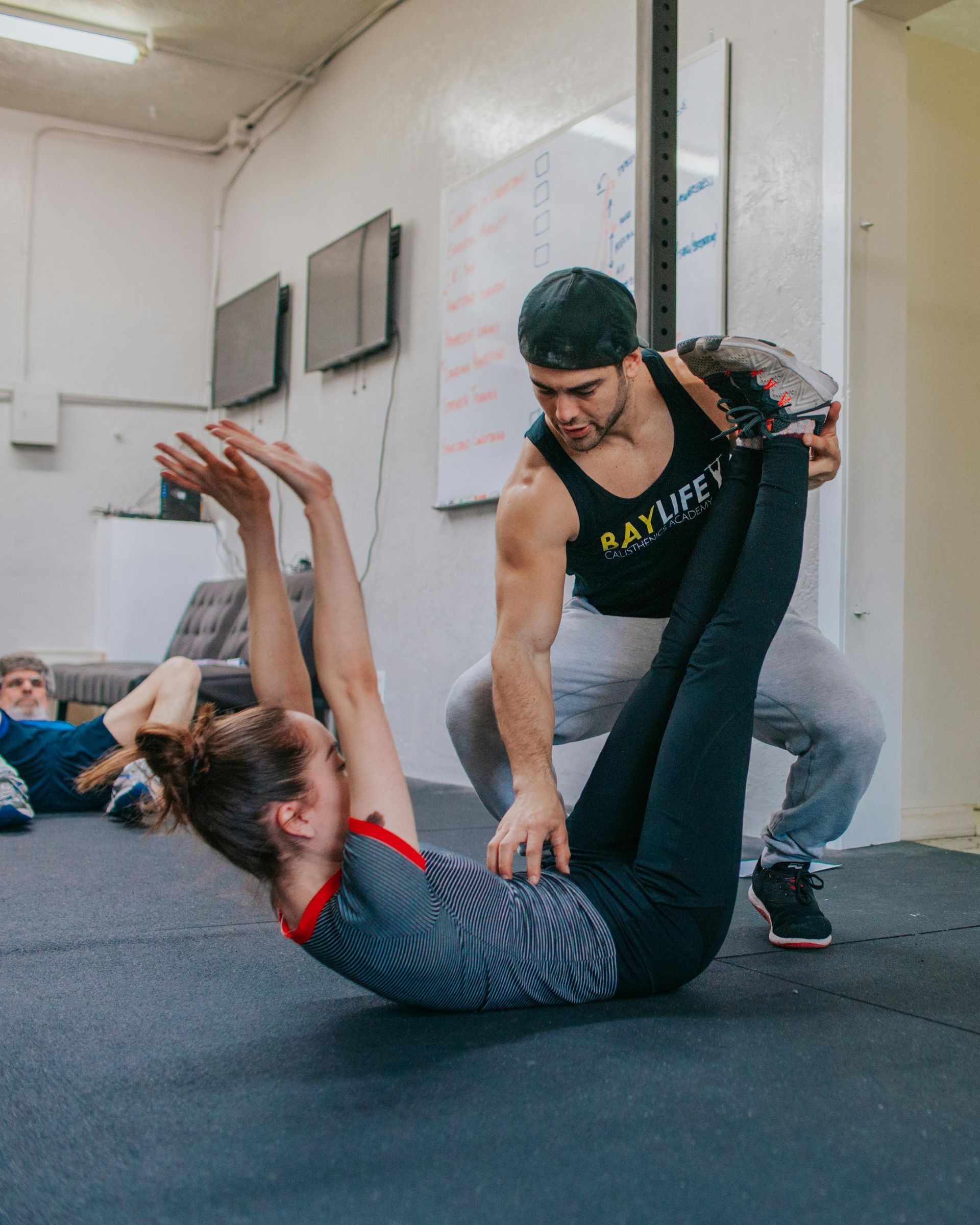
What Does a Personal Training Waiver Actually Do?
Think of a training release form as a handshake and a seatbelt. It outlines the risks involved, confirms that your client understands those risks, and provides a legal layer of protection in case something goes wrong.
It typically includes:
- An assumption of risk statement (your client understands physical activity can lead to injury)
- A release of liability clause (your client agrees not to hold you responsible)
- A health acknowledgment (your client confirms they’re medically able to participate)
- A signature and date to make it official
Want to see how this looks in real life? Check out this
sample personal training waiver.
Why Waivers Build Trust, Not Fear
Some trainers worry a waiver will make their clients nervous. But when done right, it actually builds confidence.
A waiver shows that:
- You take your business seriously
- You care about safety and transparency
- You’re organized and professional
It’s the same reason you have insurance and policies. It’s not about expecting the worst. It’s about being prepared for it.
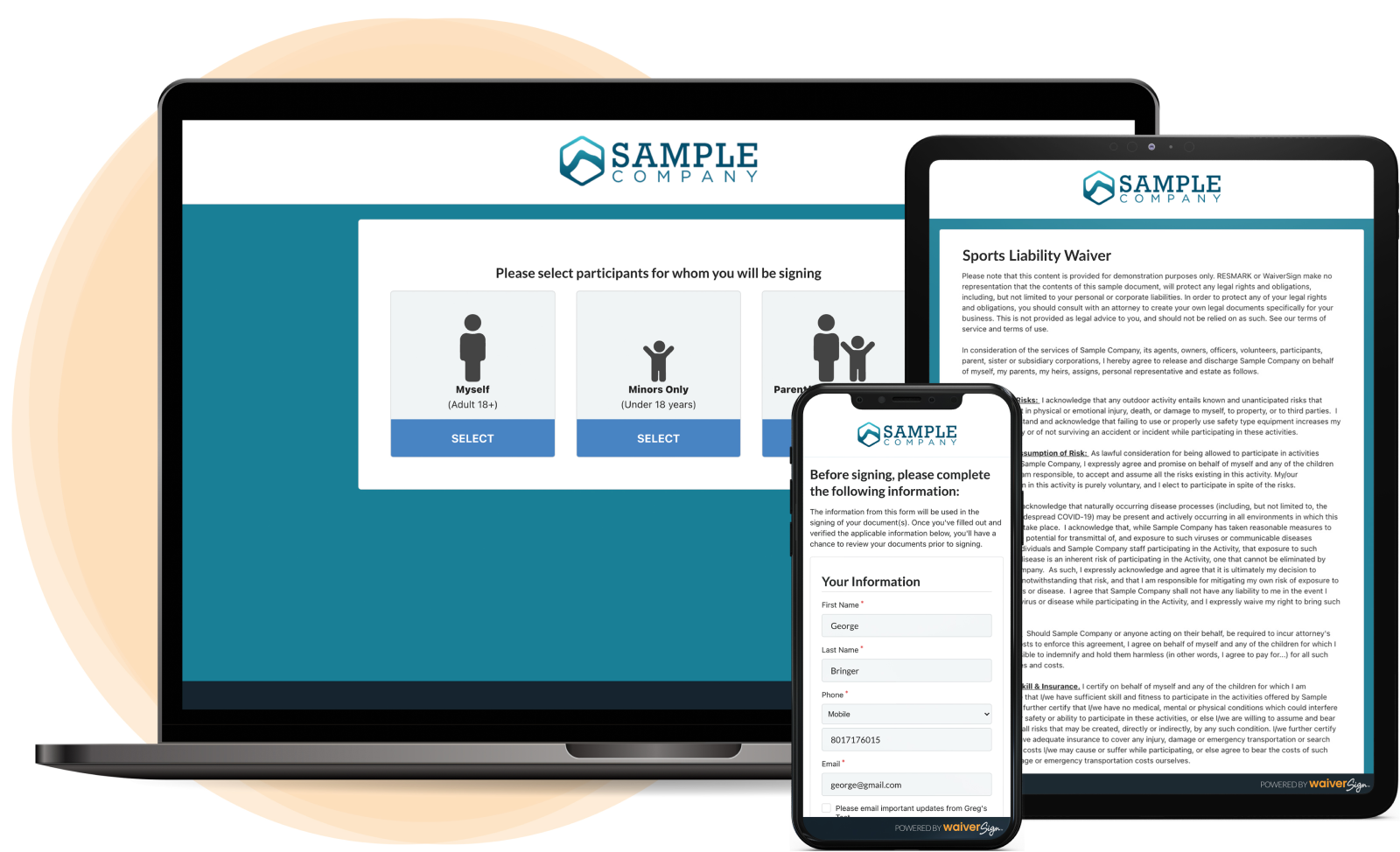
Go Beyond Paperwork: Make It Digital
If you're still handing clients paper forms to sign before a session, it’s time for an upgrade. Digital waivers save time, reduce awkwardness, and keep your workflow clean. Tools like WaiverSign’s personal trainer forms let your clients sign from any device, before they even show up.
No clipboards. No lost forms. Just simple, secure recordkeeping.
When to Use a Personal Training Waiver
Short answer? Every time.
Use a waiver for:
- One-on-one sessions
- Small group training
- Outdoor bootcamps
- First-time free trials
- Virtual training sessions (yes, even Zoom workouts)
You don’t need to overthink it. Just make signing the waiver part of your onboarding or scheduling process. Once it’s done, it’s done.
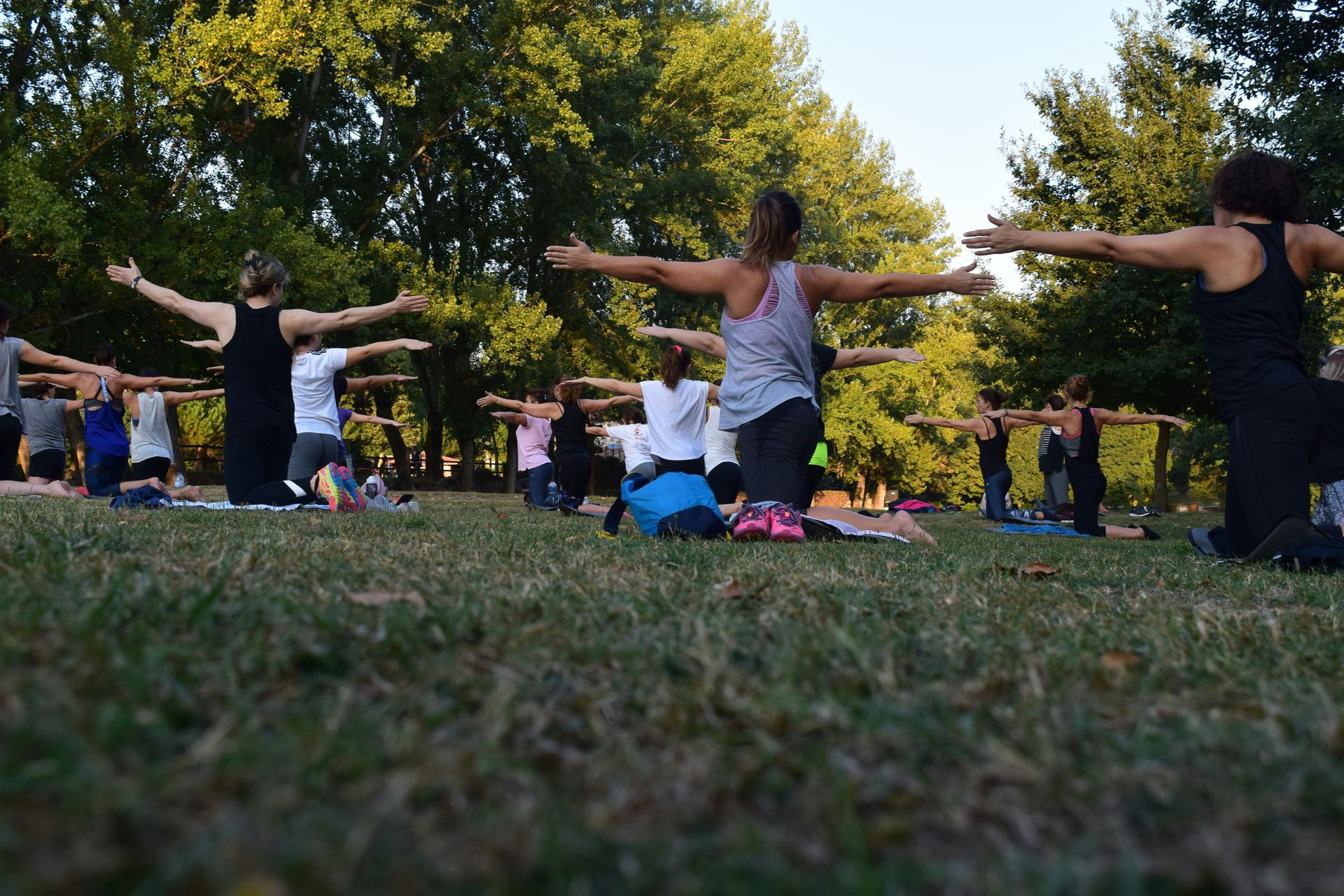
Protect Yourself and Your Clients
Your job is to help people feel stronger, healthier, and more confident. A waiver supports that by giving you the peace of mind to focus on what you do best: training.
Whether you're just starting out or scaling your business, don’t skip the basics. A clear, easy-to-sign waiver is a must-have for any serious trainer.
Want to get started? Try WaiverSign free and we’ll help you create a digital waiver tailored to your personal training business.
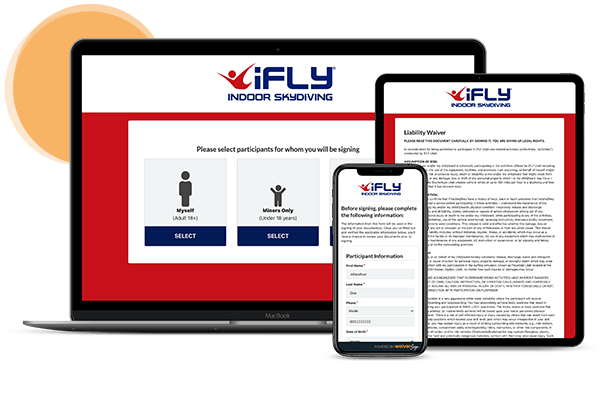
See If WaiverSign Works For You
Don't wait to make the next step in streamlining your business.

